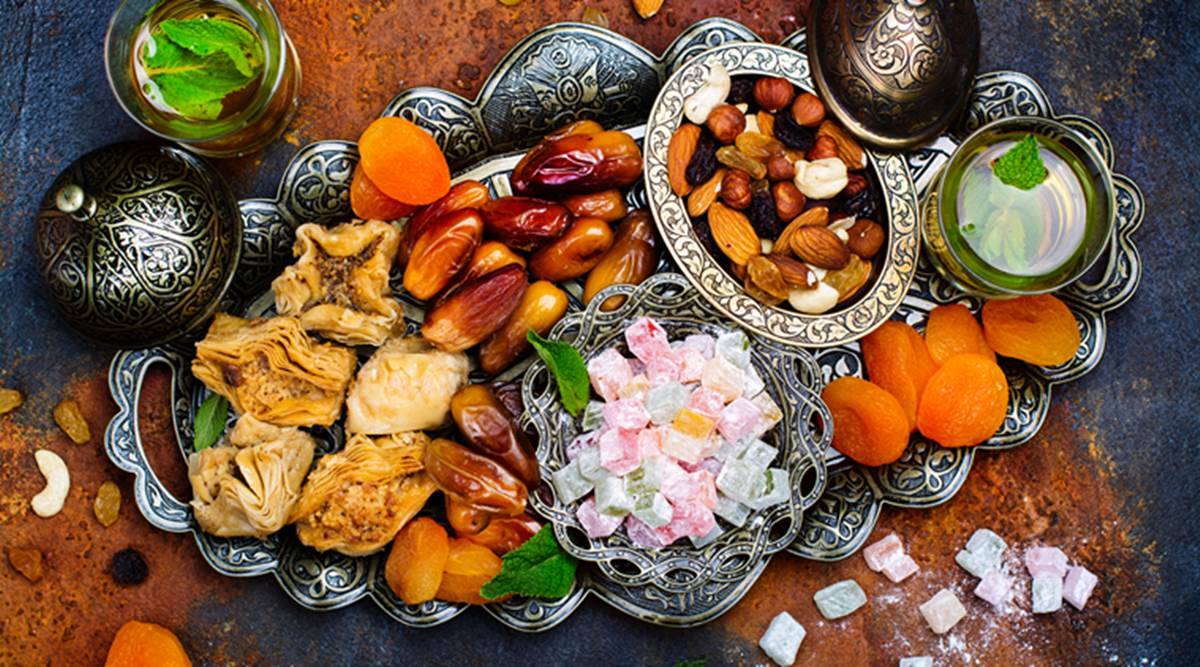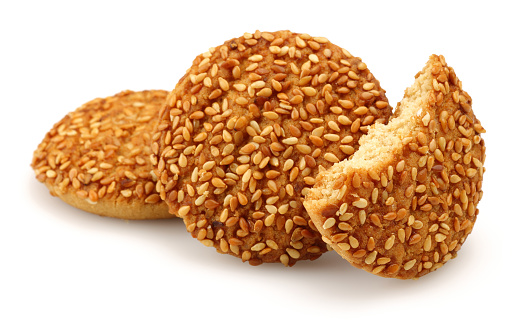The month of Ramadan is considered as an opportunity to get rid of bad food habits that can negatively affect our health. And despite the fact that we love staple foods and that we love making different sorts of savoury, appetizers as well as dessert recipes; we should not neglect the importance of the nutritional aspect of Ramadan. With the availability of a large array of dishes and the ease of preparing it as well as all the culinary temptations that accompany the month of Ramadan; we may encounter a sophistication of the dishes that make the table rich to the point of inconvenience, especially in terms of sweets, breads and desserts as well as high-fat recipes and the versatility of dishes. And on this framework, we are offering you this article to help you learn some aspects of the holy month of Ramadan in terms of culinary traditions and customs in different Arabic countries. For instance, there are various culinary customs in the holy month of Ramadan that differ from a country to another, which express the harmony and unity between different Arabic countries in the month of Ramadan, which ensures humanity and unity.
 Ramadan is a month of repentance and forgiveness for all the peoples of the Islamic nation. This holy month is characterized, in addition to the increasing desire of the soul to worship and the desire to seek forgiveness and inner spiritual peace, by the customs and traditions of every Muslim country are characterized by, and even more than this, customs and traditions differ in this holy month between every city and another in the same country.
Ramadan is a month of repentance and forgiveness for all the peoples of the Islamic nation. This holy month is characterized, in addition to the increasing desire of the soul to worship and the desire to seek forgiveness and inner spiritual peace, by the customs and traditions of every Muslim country are characterized by, and even more than this, customs and traditions differ in this holy month between every city and another in the same country.
Egypt is for example characterized by some specific and unique aspects in Ramadan that differ greatly from other Arab countries. Indeed, in Egypt, people still have a man a wakes up people for sahour meal before the dawn, and he is the person who beats the drum an hour or more before the dawn prayer to wake citizens up for the dawn. Besides, one of the most popular aspects of Ramadan is the lanterns of Ramadan, which has gone through several stages until its various forms at the present time. And decorating the streets with flyers and posters welcoming the holy month of Ramadan can be seen everywhere is the streets; but this differs from one region to another, in addition to buying so-called “yamish”, which are nuts and raw materials for juices and nuts, and licorice.

Ramadan in the Kingdom of Saudi Arabia has a special spiritual atmosphere that may not exist in any other parts of the Islamic world and this is mainly because these homes contain Mecca and the Two Holy Mosques, which are spiritual status in the hearts of Muslims. And some of the most important social customs known in the Kingdom are Iftar tables, decorating homes with lanterns, as well as Iftar tables. The “Ramadan Ghabakat” is one of the aspects of the holy month of Ramadan in Saudi Arabia and the people of the kingdom usually eat dates in the Iftar; drink milk and water and call and shortly after the sunset prayer ends, the muezzin raises his voice for the prayers, so everyone leaves their food and hastens to pray.
After completing the Maghrib prayer, everyone sits to eat and share the family enjoying gathering around the same table to enjoy the Iftar meal. And before evening and taraweeh prayers, people drink red or green tea and houses are perfumed with the bakhour.
 Lanterns have started appearing in different Arabic countries and expressions of welcoming the month of Ramadan are spread on decorative papers, and the continuing habit until now is the firing of an iftar cannon. The people of the Maghreb strike the horn or canons seven times for the pre-dawn meal, as soon as they are certain that the crescent of Ramadan has appeared, so that the people’s tongues will begin to congratulate each other and get ready to welcome the blessed days with the beginning of the month of fasting.
Lanterns have started appearing in different Arabic countries and expressions of welcoming the month of Ramadan are spread on decorative papers, and the continuing habit until now is the firing of an iftar cannon. The people of the Maghreb strike the horn or canons seven times for the pre-dawn meal, as soon as they are certain that the crescent of Ramadan has appeared, so that the people’s tongues will begin to congratulate each other and get ready to welcome the blessed days with the beginning of the month of fasting.
And if we want to talk about the culinary traditions in Ramadan, we can say that the deprivation of the countless dishes and types of sweets is not what matters, but rather the nutritional balance and attention to food in quantity and quality is the main objective.
There are some culinary tips we should follow in the holy month of Ramadan:
- Start your Iftar with dates
- Try to include soup and salad and start with them before the main course
- Stay away from fried foods and fats whenever possible and try to replace frying with baking or grilling
- Do not make sweets a daily habit in Ramadan, but limit them to special occasions (in case you are invited outside the home or are hosting someone for Iftar).
A typical Ramadan Iftar:

- First: Eat 3 dates and drink a cup of water
- Second: Eat soup on a daily basis, provided that your choice is away from creams and fats such as vegetable soup, lentil soup, oat soup and chicken soup (without cream)
- Third: appetizers: eating appetizers after soup gives the stomach an opportunity to prepare for the beginning of digestion, and it is necessary to choose types of appetizers rich in vegetables such as fattoush, green salad and tabbouleh with a little lemon and vinegar without adding salt.
- Fourth: the main dish: It is better for the Ramadan table to contain one main dish, so the variety of the main dishes tempts the person to eat from all the dishes without the need for it, taking into account that the components of the dish contain starches such as rice, pasta, or bread and others in addition to containing protein such as meat or chicken Or fish
Here are some examples of Ramadan meals: Porridge, meat kabsa, or chicken pasta, puree:
- Night snack
The type of food that should be eaten in this meal depends on the person’s balance of food between the three Ramadan meals. For example, when a person eats a heavy Iftar, he must reduce this meal, unlike what is followed, which is eating everything that is delicious in the late hours of the night, including main dishes, fries, sweets and Then sleep directly, which causes health problems.
Make sure to stay away from fried foods and sweets, and not forget to drink water to provide the body with fluid needs.
- Suhoor meal:
The best time for the pre-dawn meal is half an hour before the dawn call to prayer, and it is possible for the fasting person to eat a light meal such as brown bread with labneh + fruit, Cereal flakes with fresh milk + dried fruits. And you should avoid sweets that increase hunger after a few hours of fasting, as well as avoid salty foods that cause thirst.

We wish you Ramdan Karim and Happy Fasting month!






Leave A Comment